For brain tumor survivors like Ambassador Grace, who has been cancer free for over six years, the road to recovery is long and riddled with challenges. Her mom, Rebekah, four-time shavee℠ and member of the 46 Mommas Leadership Team, shares their latest dilemma.
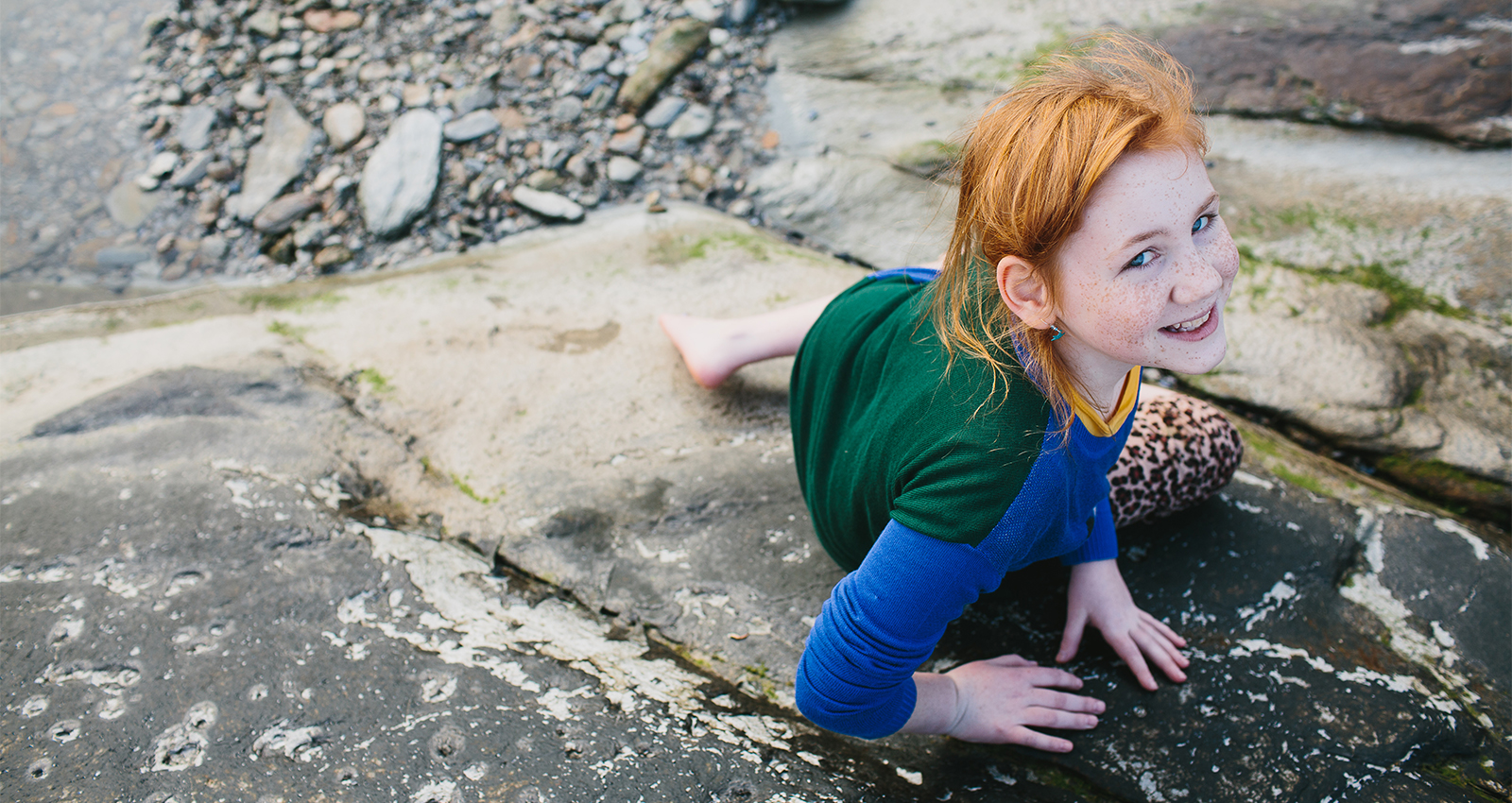
We would like her to be in a place where her strengths can be challenged and her challenges supported. We would like classmates to be excited to see her each day. We would like her to be happy and to keep believing the sky’s the limit.
We know that’s a tall order for middle school.
Her optimistic outlook gives silver linings to dark clouds. Her curious mind asks questions, experiments, absorbs, and offers thoughtful responses. Her vocabulary is off the charts. And she has yet to meet a neon she doesn’t like.
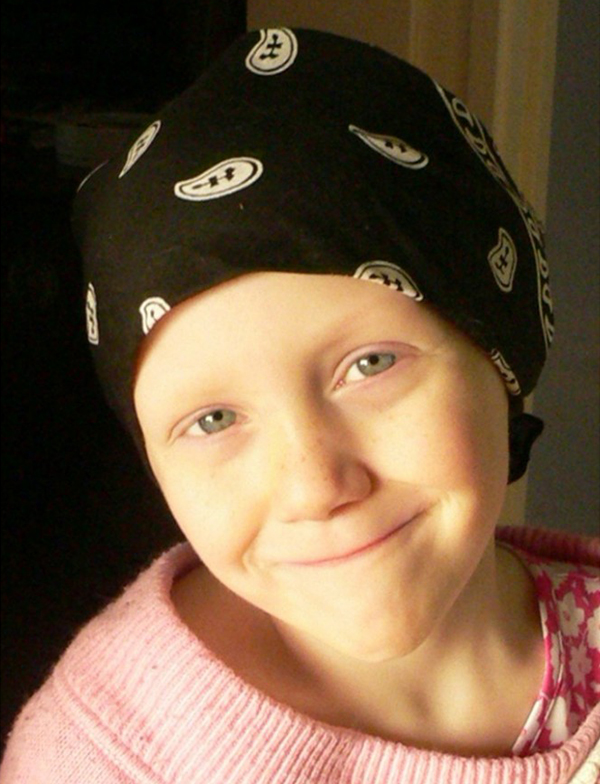
Grace while she was in treatment for medulloblastoma, a type of childhood cancer.
When Grace was 5 years old, her father and I had to sign papers that allowed doctors to radiate her brain and spine to get rid of any remaining cancer cells post-surgery. Grace’s tumor had been labeled as standard risk because it had not metastasized to her spine. It was determined she would receive the standard dose of radiation — 24 Gy — and “wasn’t that fortunate” because the side effects of high-dose treatment could impact her later life to such a degree that it would separate her from her peers.
When an MRI to map for radiation showed that Grace’s tumor had grown, everyone was alarmed. The cancer still had not metastasized, but this was no longer a standard case.
What did we, as her parents, want to do? Did we want to increase radiation to 36 Gy, thereby further impacting her future capabilities? Or should we stay with the standard dose, knowing that if it didn’t eliminate the cancer cells, there would be no second chance?
Grace with her sisters. Today, Grace is cancer free.
That the doctors even considered my question hammered home the concept that medicine is more of an art than a science.
We wanted hard evidence to tell us what to do. Where were the years of research on how the different treatments would impact Grace’s non-standard cancer? Where was the absolute cure?
The decision remained up to us.
We chose what we saw as the only choice — high-risk treatment and a better chance at survival. We wanted Grace here with us. We would take a chance on those future capabilities. We would cross that bridge at a later date.
And here we are, six years later, facing the bridge.
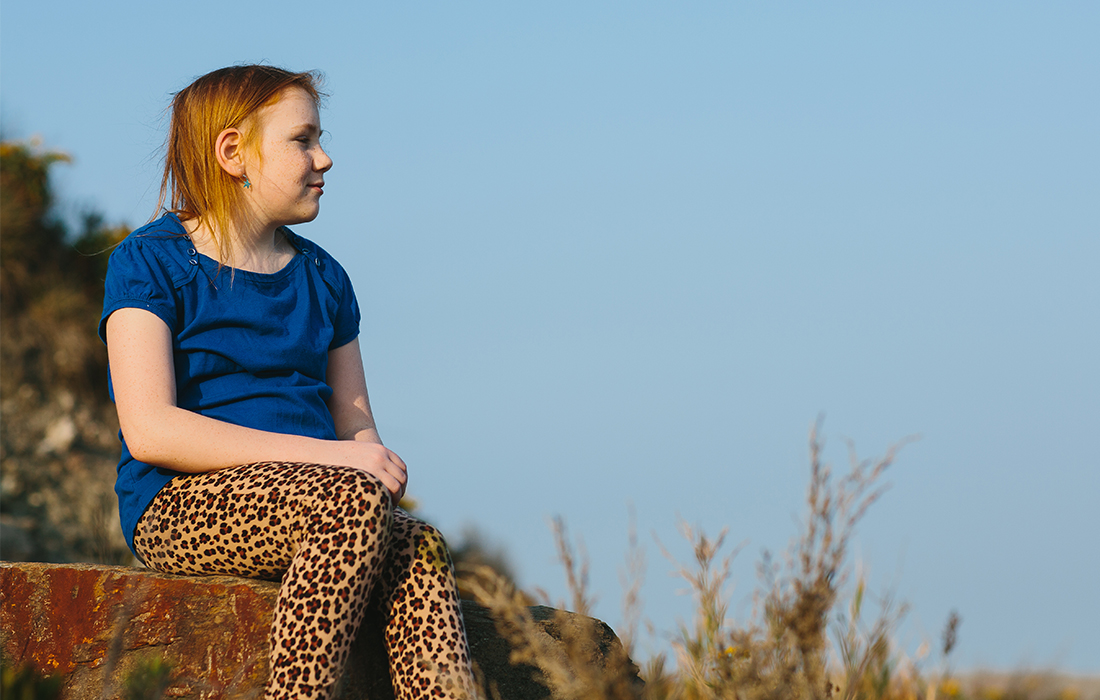
Annual neuropsychology testing continues to place Grace all over the cognitive spectrum. In some areas, she excels. Socially, she is very capable, and her childhood cancer experience has made her wise beyond her years, although that doesn’t translate to friendships with peers.
The physical and cognitive delays, fine motor challenges, and hearing loss struggles cannot be denied. She requires unlimited time on tests and tasks and daily support in reading and math.
We were told early on that the challenges she faces would intensify in middle and high school as the workload increases and includes more reading and writing.
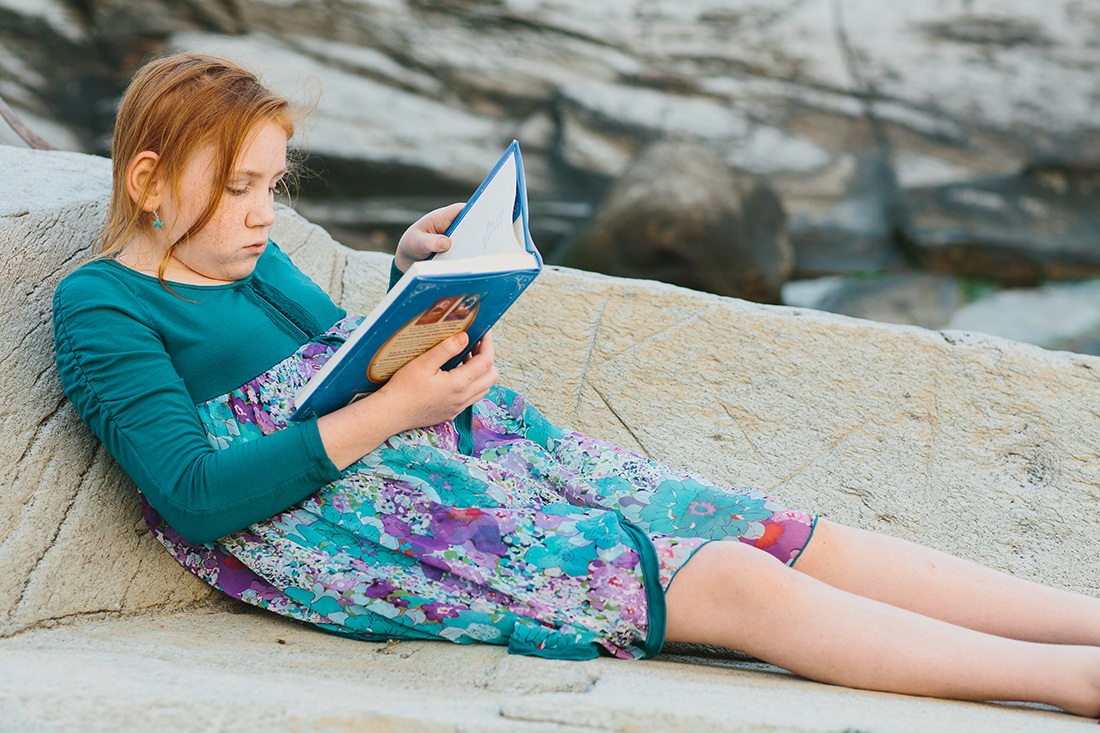
Grace has come so far that for her to become discouraged or lose what makes her shine as she enters a cancer-scarred adolescence would be awful. While we know we have little control over what the future holds, we hope we can continue to model advocacy for her and find her a community that will both challenge and support her unique needs — a community where she can feel happy and bright and limitless.
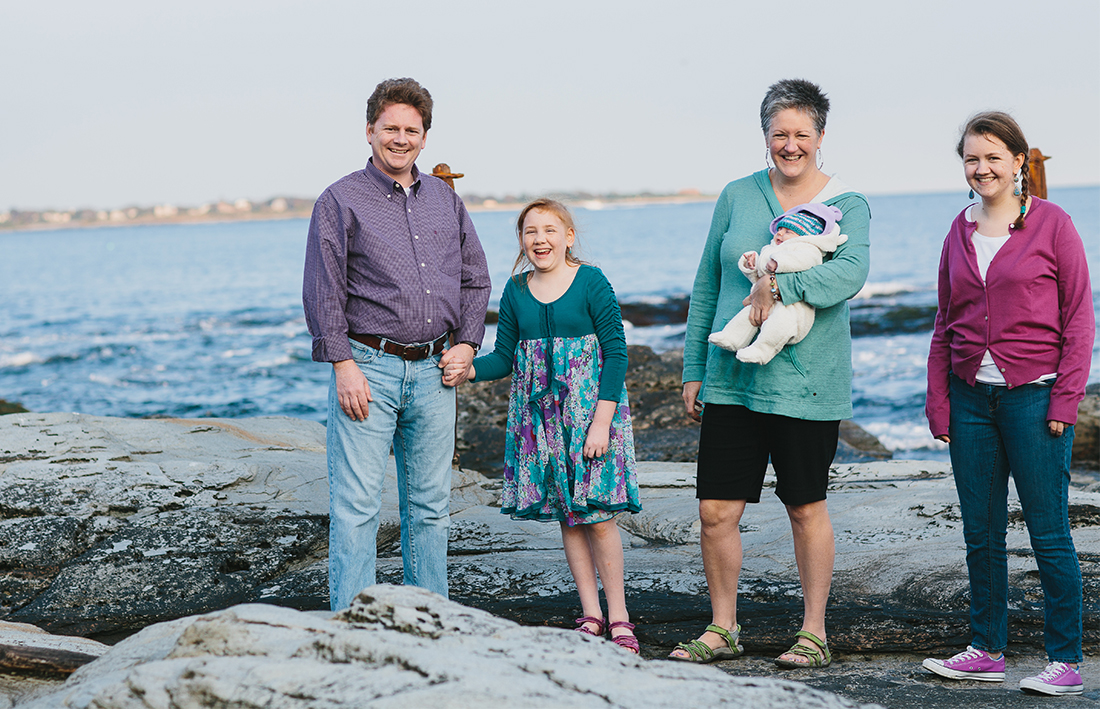
Of course. But, sorry, no, we can’t.
We will believe that Grace is all the more amazing for what she has been through, and for all that she has yet to achieve.
The path, complete with bridges, lies ahead.
Kids like Grace shouldn’t have to live with the scars of their childhood cancer treatment. Support research for better, safer treatments for children with cancer.
You may also like these kids’ cancer stories:

 SBF
Tweets »
SBF
Tweets »